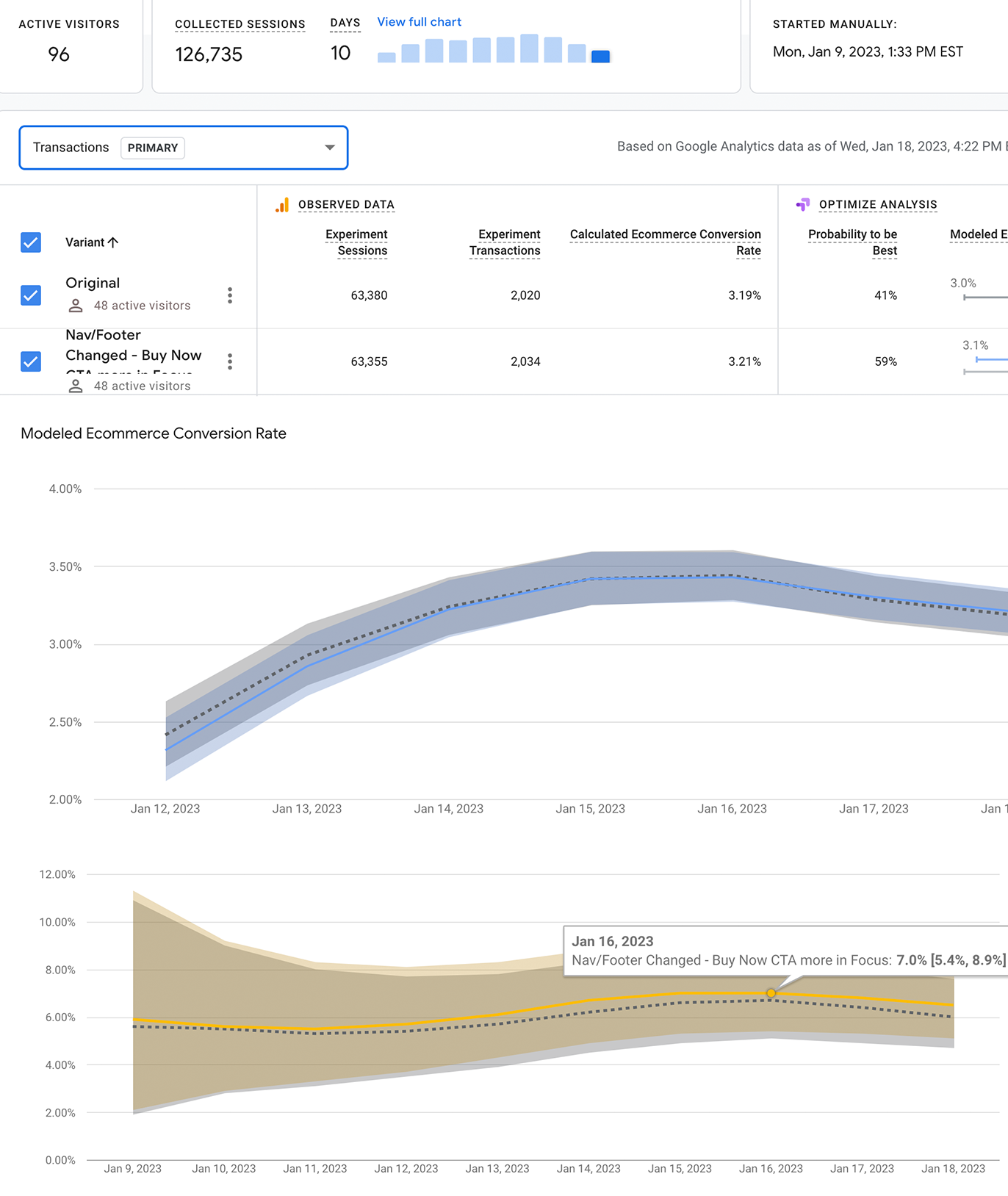A new front door for the
Philadelphia Museum of Art
My team led the museum's website redesign, establishing Design Thinking and Agile methodologies to streamline infrastructure, create a comprehensive content strategy and develop digital business objectives.
The museum’s website welcomes 3.5M visitors annually and since the redesign, we’ve increased all engagement metrics and reduced overhead for maintaining business systems.

You are not your user.
Understanding your audience is key to creating a successful product.
When challenged to redesign the Calendar section of the old PMA website, I recognized the larger issues at hand and brought in Design Thinking and agile development to reimagine the sorely outdated technical infrastructure, design, and content.
We conducted content audits, 60+ stakeholder interviews, user surveys, heatmap reviews, competitive reviews, and UX workshops, and only after analyzing all of that information did we create the new information architecture and designs for the new website.
Instituting design ops
Designs are chaos without a system. Processes and workflows are necessary, even for the smallest teams.
To create a successful digital product, I expanded the PMA’s existing brand guidelines into the digital realm by creating a design system to support all digital touch points. Fonts, colors, and branding were the basics, but responsive design specifications were imperative to ensure that the system would work for all users on all devices.
Design systems can’t work for just the designers. I worked closely with our developers to ensure that what we were envisioning would work in the real world.
Cleaning up infrastructure and processes along the way
You can’t build a house without a good foundation. The same applies for products.
We worked with our developers and IT staff to effectively streamline an outdated technical infrastructure, which reduced our technical debt and annual costs, and then set about putting workflows in place to create and update content across products.
On the front-end, we brought together two disparate search functions and launched a unified Elastic Search function to serve both casual visitors and scholarly researchers.
Don’t stop there. Keep iterating.
A digital product is never finished nor should it be considered precious. You can always make it better.
Once we completed the initial PMA website redesign, I advocated for continued accessibility improvements to make the site more inclusive, conversion rate optimization to increase revenue, and search engine optimization to expand our audience.
We also used this framework to create the museum’s first digital publication and the museum’s first blog.



